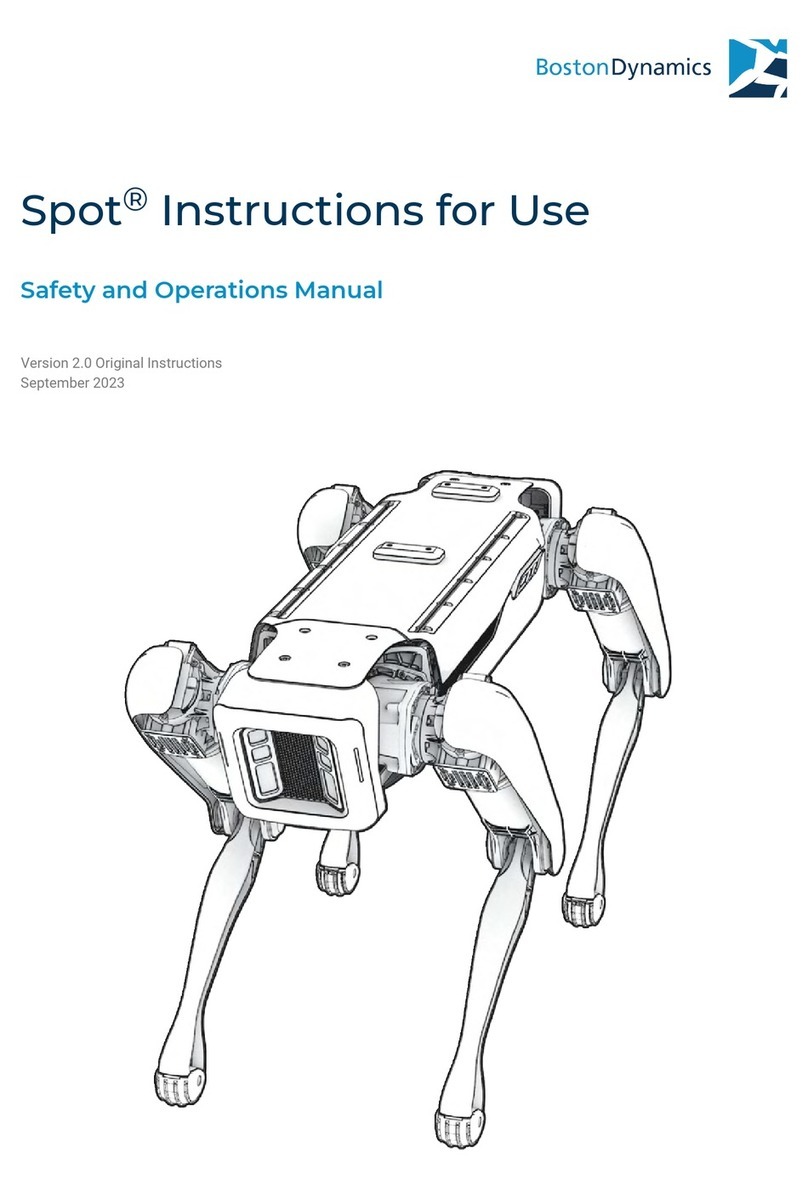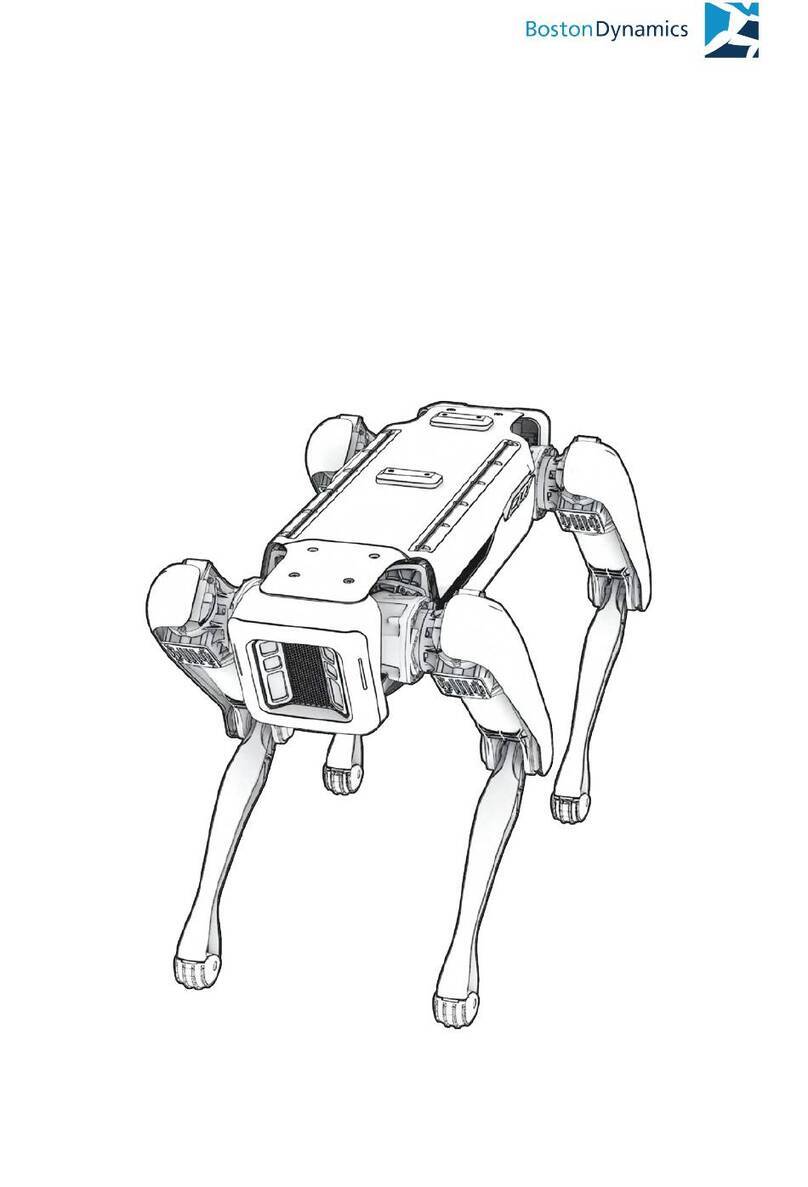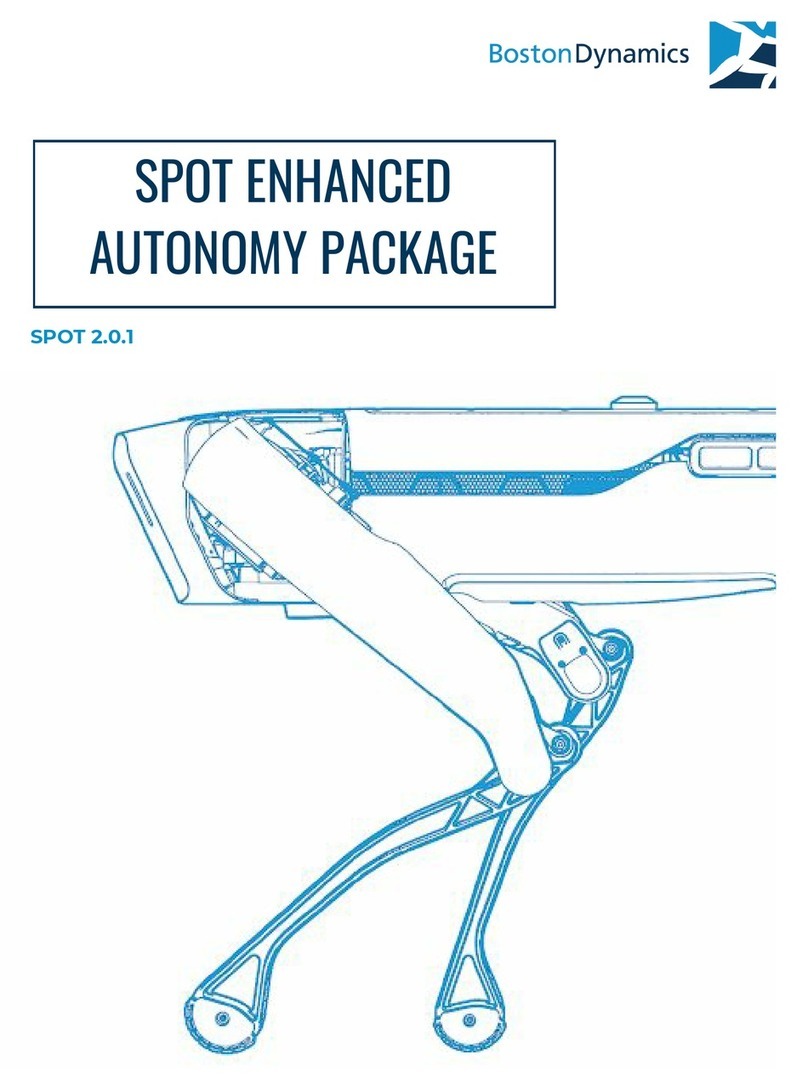Boston Acoustics SPOT User manual
Other Boston Acoustics Robotics manuals

Boston Acoustics
Boston Acoustics SPOT User manual

Boston Acoustics
Boston Acoustics SPOT User manual

Boston Acoustics
Boston Acoustics SPOT Instruction Manual

Boston Acoustics
Boston Acoustics SPOT Specification sheet

Boston Acoustics
Boston Acoustics SPOT Specification sheet

Boston Acoustics
Boston Acoustics SPOT 2.0.1 User manual

Boston Acoustics
Boston Acoustics SPOT Specification sheet



























